The release of Dragon Quest 3 on February 10, 1988, was nothing short of a massive cultural event in Japan, with the title selling over a million units in a single day (something almost unheard of in that era) and notoriously being the sole reason for hundreds of truancy arrests. And while Dragon Quest 3 never enjoyed similar success in the West as Dragon Warrior 3, the title’s legacy continued to loom large over the Dragon Quest franchise, resulting in it receiving more remakes and ports than any other game in the legendary and foundational JRPG series.
With three other versions of Dragon Quest 3 already released, it begs the question of what Square Enix has done to improve one of the Dragon Quest series’ most beloved entries and for Dragon Quest 3 HD-2D Remake to justify its existence. The answer is: a whole lot. Dragon Quest 3 HD-2D takes the seminal entry in the franchise’s opening trilogy, reimagining it for a modern audience using the same beautiful HD-2D visual style of the Octopath Traveler games while injecting a host of improvements to the core gameplay loop that enrich the experience without treading on the spirit of the original. It’s an old-school JRPG through and through with everything that entails, but Dragon Quest 3 HD-2D Remake now stands as the definitive edition of a certified classic.
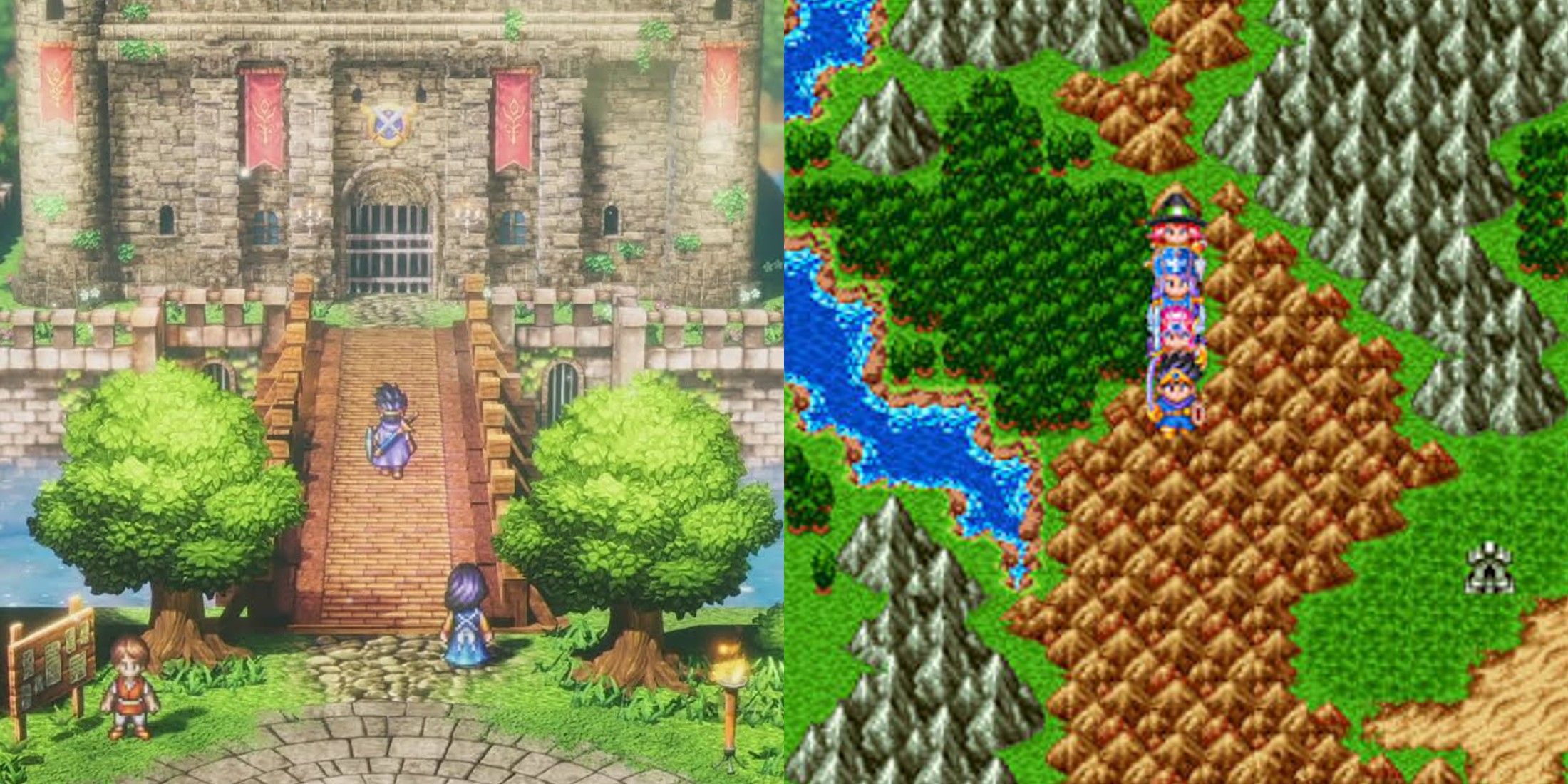
Related
Every Improvement in Dragon Quest 3: HD-2D Remake Revealed So Far
Square Enix finally revealed more details about the previously announced Dragon Quest 3 remake, and there’s a lot that’s changed over the original.
Dragon Quest 3 HD-2D’s Additions to the Story Enhance An Already Pivotal Series Entry
Each remake of Dragon Quest 3 has adhered to the same central plot, and Dragon Quest 3 HD-2D is no different. The story begins as any great “Hero’s Journey” should, with the protagonist waking on a pivotal day and finding himself thrust into an adventure of a lifetime. In the case of Dragon Quest 3, this hero is a player-named youth who, on his 16th birthday, decides to beseech the king of Aliahan to follow in his father’s footsteps. Years prior, the hero’s father, Ortega, set out on a quest to slay the Archfiend Baramos but never returned. Despite rumors that Ortega met his demise by falling into a volcano, many believe the great warrior is still alive, and the hero’s quest takes on a secondary goal to find out his father’s fate and potentially reconnect.
It’s that relationship and the insight into Ortega’s journey that forms the bulk of the new story content in Dragon Quest 3 HD-2D Remake, and it adds significant emotional heft to the narrative that wasn’t there in previous versions of the game. Throughout his journey, the Hero will come across former companions, allies, and even enemies of Ortega’s who each share insight into the strength and character of the legendary warrior. Each of these flashbacks features new animations and dialogue that’s fully voice-acted, bringing Ortega’s legend to life in a way that previous versions of Dragon Quest 3 didn’t, delivering an emotional payoff by the game’s end.
The quality voice acting in these flashbacks is also present in every other bit of dialogue in Dragon Quest 3 HD-2D Remake, allowing the various regions of the game’s overworld map to take on the distinct personalities, cultures, and dialects of the real-world countries they’re based on. Dragon Quest 3‘s map is famously modeled after Earth, with each nation representing a real-world country and its people. Some of these are obvious inspirations (such as Jipang standing in for real-world Japan) while others are less obvious but become readily apparent after hearing how the region’s NPCs talk. The accents and inflection of these characters can occasionally border on parody, but the earnestness with which the voice actors deliver their lines ultimately works toward reinforcing the lighthearted and whimsical tone that has been the Dragon Quest series‘ bread and butter for more than 35 years.
Dragon Quest 3 HD-2D Remake’s Visual Improvements Are Just the Tip of the Iceberg
The standout feature of Dragon Quest 3 HD-2D Remake, and the one that returning players will immediately notice before digging into any of the other substantial improvements Square Enix has made to the base game, is its new visual style. The HD-2D style used in the Octopath Traveler games and Triangle Strategy is a perfect mix of aesthetics both old and new, blending sharper 3D backgrounds with more richly detailed 2D pixel art sprites to add depth and dimension to the traditionally one-plane 2D RPGs of yore. The general consensus about Octopath Traveler‘s visual style was that it was a perfect framework for how Square Enix could remake several of the timeless classics in the company’s back catalog, and Dragon Quest 3 HD-2D Remake only further underscores that sentiment.
For players who have already visited and revisited the world of Dragon Quest 3 across the game’s multiple iterations (myself included), the new visual style completely reworks the existing map to make what is old feel brand new again. Castles and towns now stand out against the richly detailed 3D environments, giving the overworld map a gorgeous pop-up book effect. Water, in particular, is incredibly well-done, which players will have plenty of time to appreciate after they acquire the game’s first major mode of transportation – their very own ship. Just the simple act of walking around the overworld map and within towns is so visually appealing that it almost encourages players not to use the Zoom spell to fast-travel around the map, lest they miss some subtle visual detail that highlights the painstaking work Dragon Quest 3 HD-2D‘s artists have put into recreating one of the most iconic JRPG worlds.
But the vastly improved visuals in Dragon Quest 3 HD-2D Remake are only the first impression players will get of the improvements made to the base game, as the remake incorporates a slew of gameplay additions that make it the best-playing version of Dragon Quest 3 yet. Bringing over some of the best changes made as part of Dragon Quest 11‘s Definitive Edition release, Dragon Quest 3 HD-2D includes major quality-of-life features such as the ability to auto-battle, dramatically increase battle speed, and assign different Tactics to each party member for a custom approach to random encounters that makes the occasionally-necessary grind that much more efficient.
It’s the ability to assign and change Tactics both before and during battle that makes combat in Dragon Quest 3 HD-2D feel like it has a legitimate claim to being the best in the series. Players now have the option to individually assign each of their party members specific tactics, choosing from the following options:
- Show No Mercy (launch an all-out assault against enemies with complete disregard for MP use)
- Fight Wisely (a balanced approach that combines offense and defense)
- Focus on Healing (places a priority on restoring health and removing debuffs)
- Don’t Use MP (avoids using all spells and abilities in favor of pure melee attacks)
- Watch My Back (all party members focus on supporting the Hero)
- Follow Orders (characters act according to player input)
What’s most impressive about this system is how finely-tuned and effective the AI is at issuing commands to party members. To test out the system’s efficacy, I set all four of my party members to “Fight Wisely” on a challenging boss that I wasn’t able to beat using the “Follow Orders” setting that I commonly stuck to when battling more challenging enemies. Not only was I surprised to see that the AI was using strategies I hadn’t even considered, but it also was successful at defeating the boss for me where I had previously been up against a skill block, thinking I needed to head out into the world and grind random encounters.
I’ve been playing JRPGs for most of my life, so I’m no stranger to the sometimes unforgiving difficulty curve that the genre puts up against players. Knowing that, it’s still worth mentioning that Dragon Quest 3 HD-2D surprised me with some of its difficulty spikes. Bosses, in particular, will likely pose a significant challenge to anyone unfamiliar with the original Dragon Quest 3 or for whom Dragon Quest 3 HD-2D is their first entry point into the series. For genre veterans, coming up against an unbeatable boss naturally gives way to a few hours spent grinding away at random encounters, but newer players might be somewhat turned off by the old-school approach to RPG progression. Thankfully, the progression bottlenecks in Dragon Quest 3 HD-2D come at very specific and pivotal moments in the game’s main quest where nearby enemies are powerful enough and give substantial enough rewards to where it’s entirely possible to retreat, get a little stronger, and give a tough boss another go in no time at all. The new auto-battling and Tactics systems only serve to make this process even more painless.
What the Monster Wrangler Job and Changes to Personalities Bring to Dragon Quest 3 HD-2D
The Monster Arena that appeared in the most recent version of Dragon Quest 3 for Nintendo Switch and mobile returns in Dragon Quest 3 HD-2D Remake, but it brings with it several changes that make it more engaging and more worthwhile. And, alongside those changes, the new remake also introduces the Monster Wrangler vocation to Dragon Quest 3‘s job system. Players will now encounter friendly monsters in the wild whom they can approach and befriend to send them to the Monster Arena (doing away with the randomly rewarded monsters in the previous version). Once there, players can put together 3-monster squads to battle in the arena, giving Dragon Quest 3 HD-2D its own simplified version of Pokemon Colosseum.
The new Monster Wrangler job is essential to getting the most out of the new Monster Arena and the various valuable rewards players can earn from winning tournaments there, as some of the best monsters scattered around the world need some coaxing before they’ll join up with the Hero and his companions. Some monsters will flee at the sound of human footsteps, while others are repulsed by the smell of humans and won’t stick around if you get too close. Having a Monster Wrangler in tow alleviates these issues, making it easier to capture and recruit every new monster players come across and add them to a growing roster of friendly creatures.
Outside the obvious influence taken from the Dragon Quest Monsters spin-offs in the new Monster Arena and the utility of the Monster Wrangler, the Monster Wrangler is one of the more versatile and powerful classes in Dragon Quest 3 HD-2D, significantly shaking up the game’s carefully balanced meta. Monster Wranglers can wield powerful weapons that place them in a similar class as the Warrior in terms of damage output, and their multi-target attack and healing abilities make them an indispensable addition to any party.
As in other versions of Dragon Quest 3, players have full control over the Hero’s 3 companions in Dragon Quest 3 HD-2D Remake, recruiting any three companions from a list of 9 different vocations. Each vocation in the game’s job system has specific starting stats and stat growth potential that impact how the characters progress as they level up, but the ability to change vocations on a whim while retaining all progress allows players to come up with unique class combinations that wouldn’t be possible otherwise. The trade-off is that these characters reset back to level 1 after changing their vocation, but with higher stats and a powerful suite of abilities that makes it easier to level them up to the rest of the party.
One area that could have used some more clarity and improvement in the remake, though, is the Personality system. The beginning of Dragon Quest 3 sees the Hero converse with a mysterious light in a dream, providing answers to various questions that give the light insight into the kind of person the Hero is. It’s not explained by the game, but this is how players determine the Hero’s Personality, with the Personalities of their companions determined randomly upon recruiting them. The Personality of a character determines the rate at which certain stats scale after leveling up, and Personalities can be changed by equipping accessories or reading one of the books players will find throughout Dragon Quest 3‘s world.
What these Personalities entail as far as stat growth, as well as which Personalities are best for specific Vocations, is never explained, which is a shame given how integral it is to character progression and party composition. That said, Dragon Quest 3 HD-2D does provide more detailed descriptions for the books and accessories that alter Personalities, making it less of a guessing game regarding how using or equipping these items will alter a companion. Combined with the new ability to customize party members’ appearance, players now have more agency than ever in directing the look and feel of their adventuring party in Dragon Quest 3, even if they might still need a guide to determine which Personalities provide the optimal stat growth for their chosen companions.
Dragon Quest 3 HD-2D Remake is an Unabashedly Old-School JRPG With a Modern Sheen
In addition to all the various tweaks and changes made to visuals and gameplay, Dragon Quest 3 HD-2D Remake also introduces more fully fleshed-out side quests, as well as changes up the locations of the 110 collectible Mini Medals scattered throughout the game’s world. There’s plenty for players to dig into outside the main quest, which in itself will take most players roughly 25–35 hours to complete. Combine that with the new side content and the ability to take on some compelling post-game content, and players have a sizable experience waiting for them in the new remake that dwarfs previous versions of Dragon Quest 3.
By the time I rolled credits on
Dragon Quest 3 HD-2D
, my “Hours Adventuring” stat was logged at 51 hours and 21 minutes, and that’s with only finding 35 of the 110 total Mini Medals. I took on every optional side quest I could find and spent more time than I thought I would in the new Monster Arena, which helped to pad out the experience.
Beyond its new content and length, Dragon Quest 3 HD-2D is now the definitive version of what many fans consider to be one of the most important JRPGs ever released. The new visuals and orchestral soundtrack transport players back into Dragon Quest 3‘s world as it has never been seen or heard before, and the tweaks to the gameplay and new story beats make Dragon Quest 3 HD-2D the best jumping on point for the series.
As a remake, Dragon Quest 3 HD-2D honors the spirit of the original game in a way that preserves it for future audiences. For better or worse, this means retaining the grindy nature of an old-school JRPG and some occasionally obtuse mechanics. But throughout the experience, it’s hard to shake the undeniable feeling of nostalgia that permeates every moment of gameplay. Playing Dragon Quest 3 HD-2D is the equivalent of JRPG comfort food, and if that’s any indication of what players can expect from the upcoming remakes of Dragon Quest 1 and 2, I can’t wait to pull up a seat at the table again.
Dragon Quest 3 HD-2D Remake launches November 14 for PC, PlayStation 5, Nintendo Switch, and Xbox Series X/S. Game Rant was provided with a PlayStation 5 code for this review.
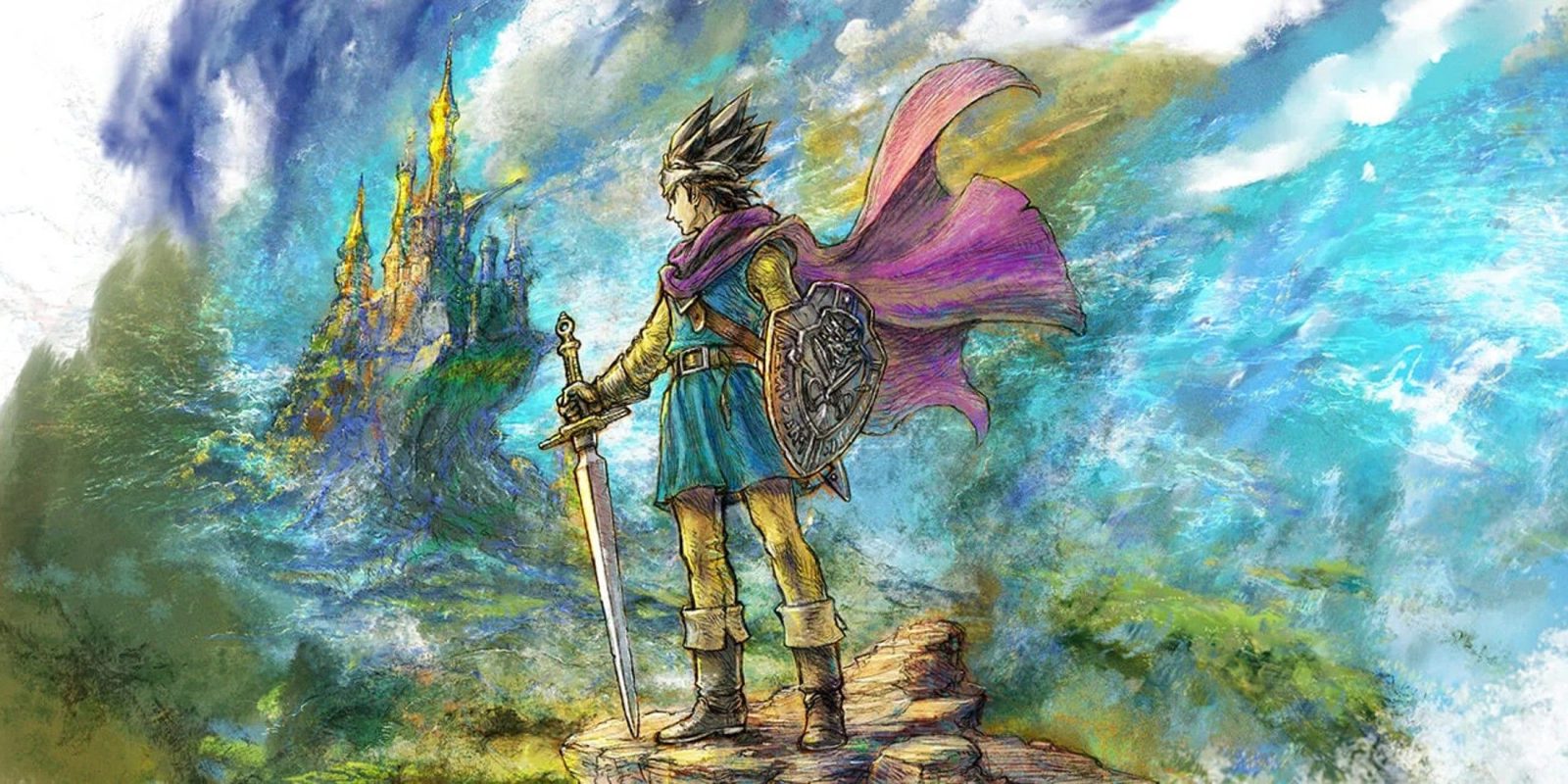
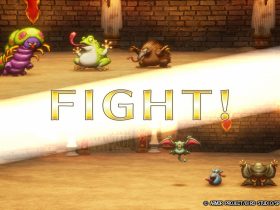
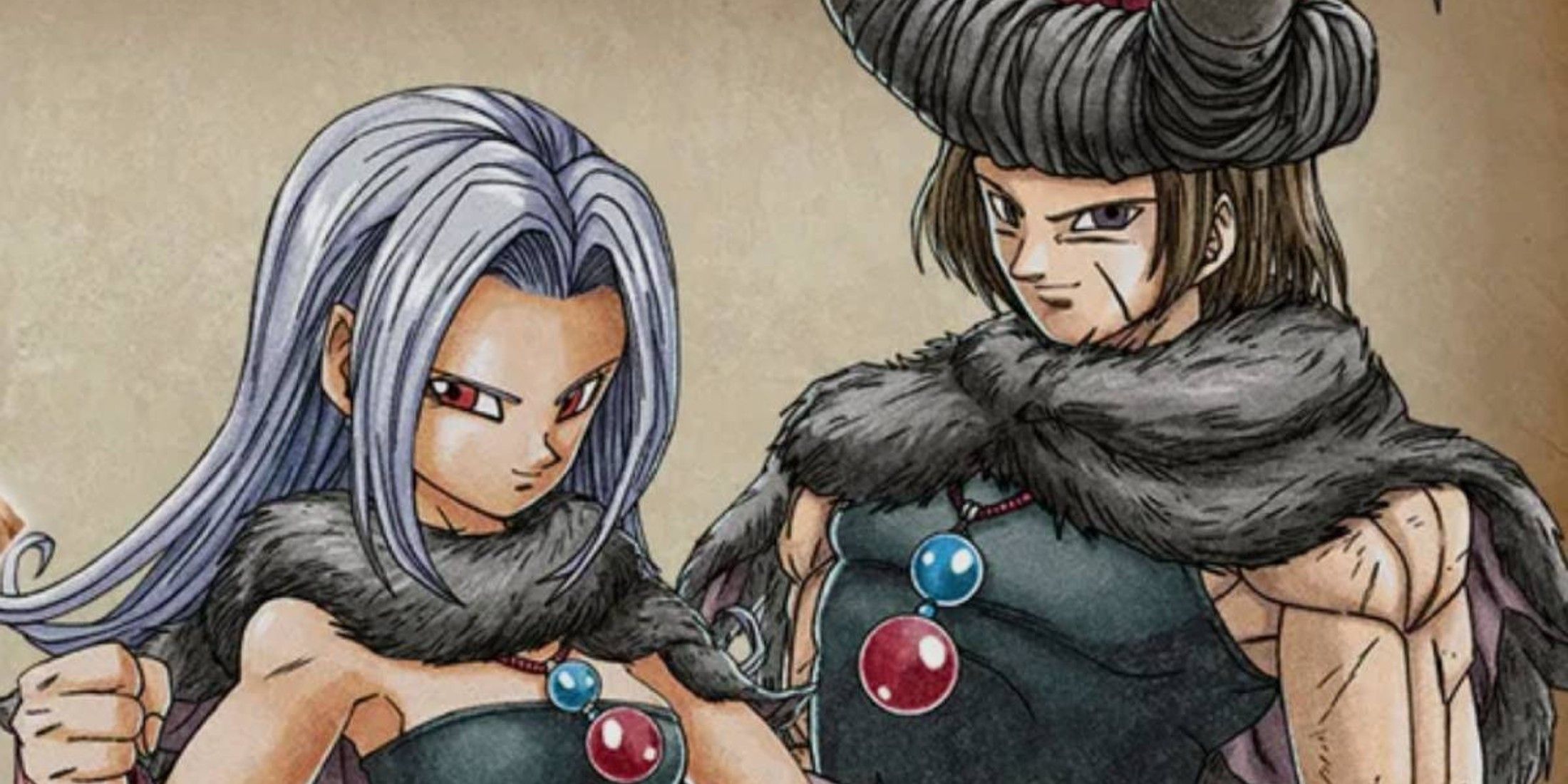
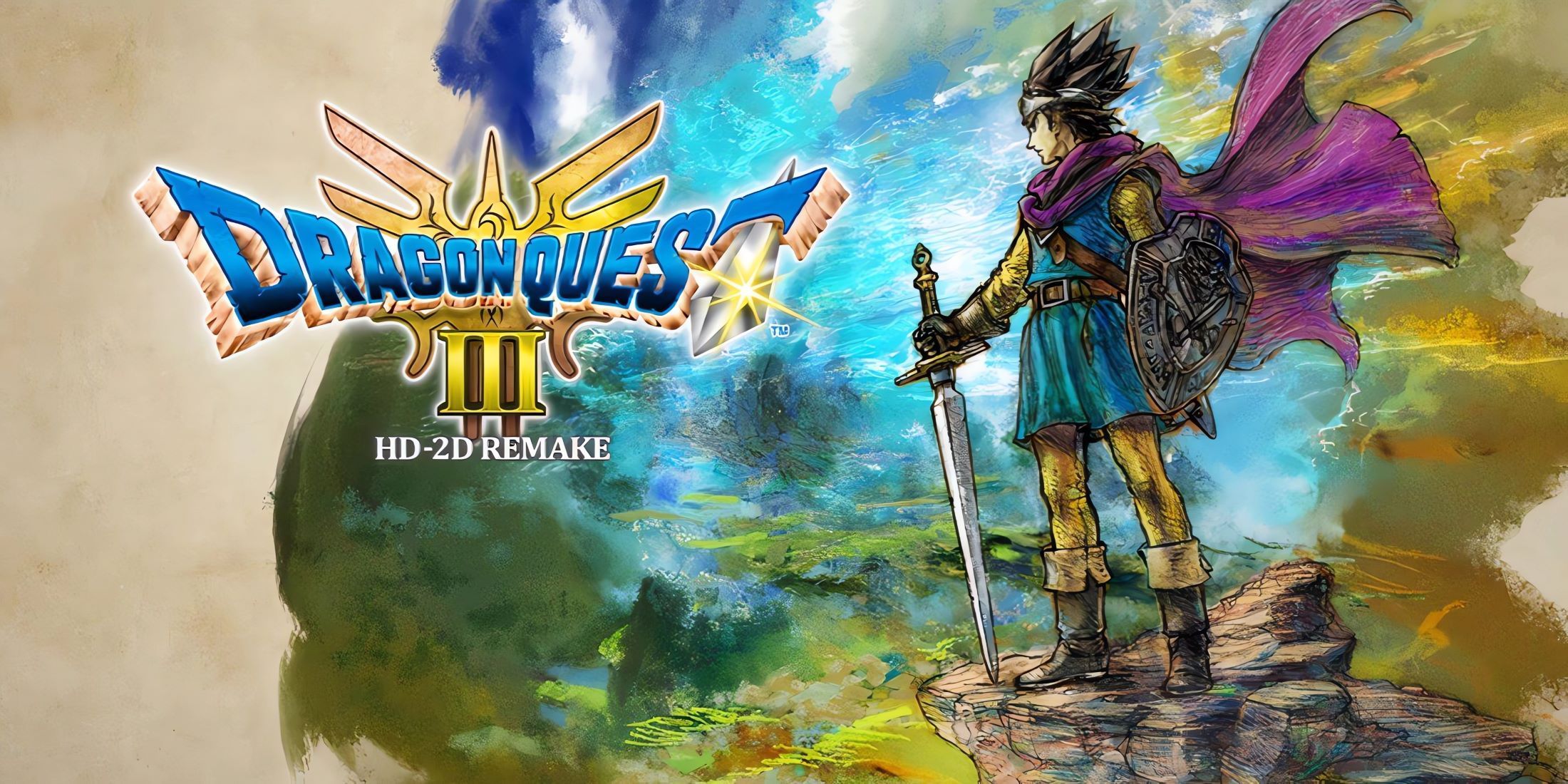
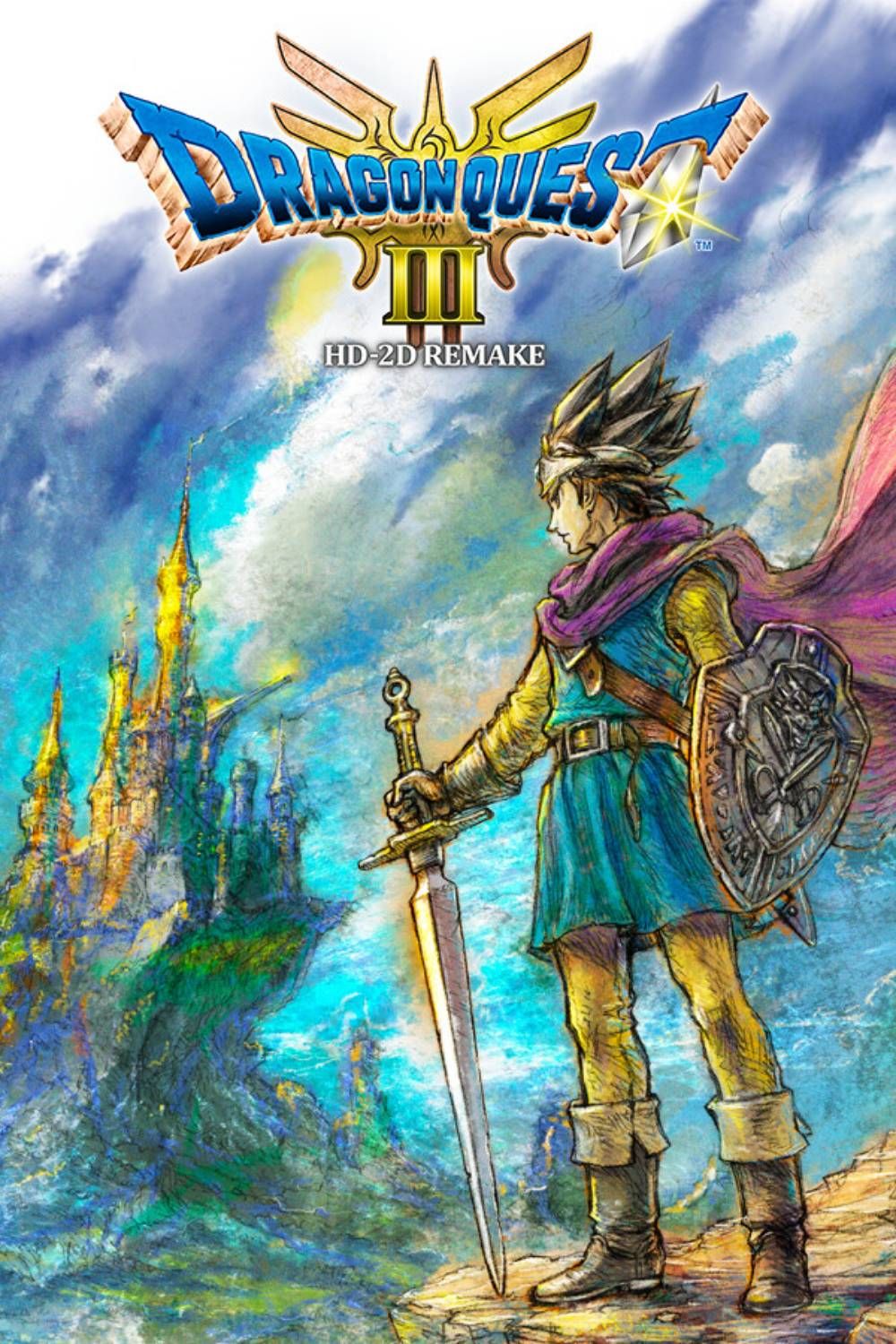
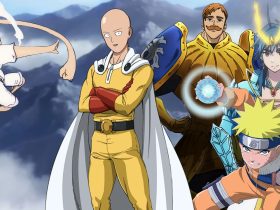
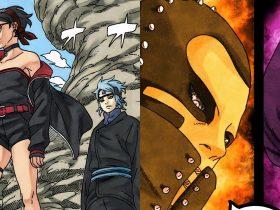


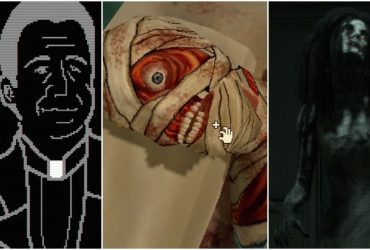




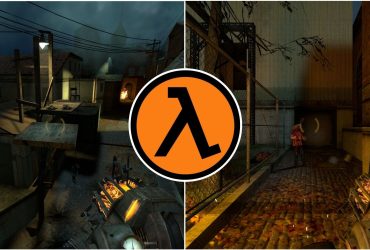
Leave a Reply